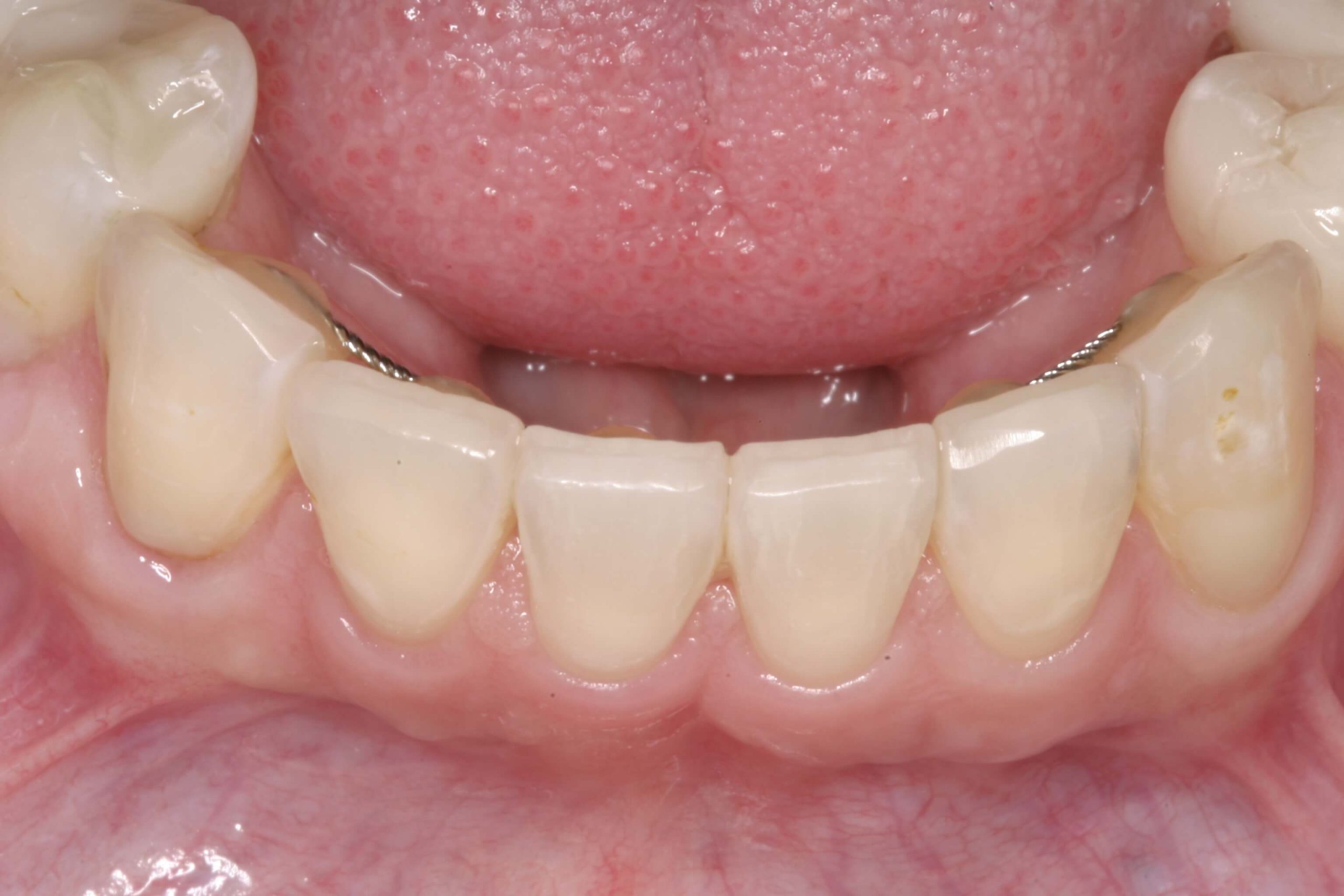
Esthetics & Function: Incisal Edge Bevels
There are three critical components to the incisal edge anatomy of anterior teeth. Understanding the function and esthetics of the pitch and two bevels is essential to creating an ideal patient result.
How can a clinician re-create the full anatomic form of the tooth in ceramics and composite?
In my last blog on this topic, I discussed the dimensions, characterization, esthetics, restorative approach and challenge of mimicking ‘pitch‘ esthetics. Now, I’ll delve into mastering the bevels to create superior restorative results. Combining an esthetic pitch with functional bevels will ensure a smooth composite or ceramic outcome.
Components of Incisal Edge Anatomy Function and Esthetics: Bevels
The two bevels can be found on alternately the labial and the lingual of the transition zone between the pitch and these surfaces. They are often called the leading edge and the trailing edge.
Bevels
Dimensions: The bevels on both sides have a variable width. They can be between less than a millimeter to multiple millimeters long.
Characterization: The bevels lengthen in patients who grind their teeth in an excursive pathway pattern. Patients who parafunction edge to edge might eliminate the bevel. This makes it easier to shear enamel off on the labial or lingual side of the tooth. It also could result in chipping the edge enamel.
Function: The bevel is a transition zone to create smooth functional movement passing from excursive movements onto the pitch. Intercuspal stops on lower incisors are often on or gingival to the bevel.
Whether you are finalizing an equilibration, the occlusion on composites, or ceramics, perfecting anterior guidance is all about both pitch and bevel surfaces. These critical components are a great example of marrying form and function in your technique.
What is your restorative approach for recreating incisal edge anatomy? We’d love to hear from you in the comments!
Related Course
TMD & Orofacial Pain: Managing Complex Patients
DATE: June 24 2026 @ 8:00 am - June 28 2026 @ 1:00 pmTMD patients present with a wide range of concerns and symptoms from tension headaches and muscle challenges to significant joint inflammation and breakdown. Accurate thorough diagnosis is the first step…
Learn More>






